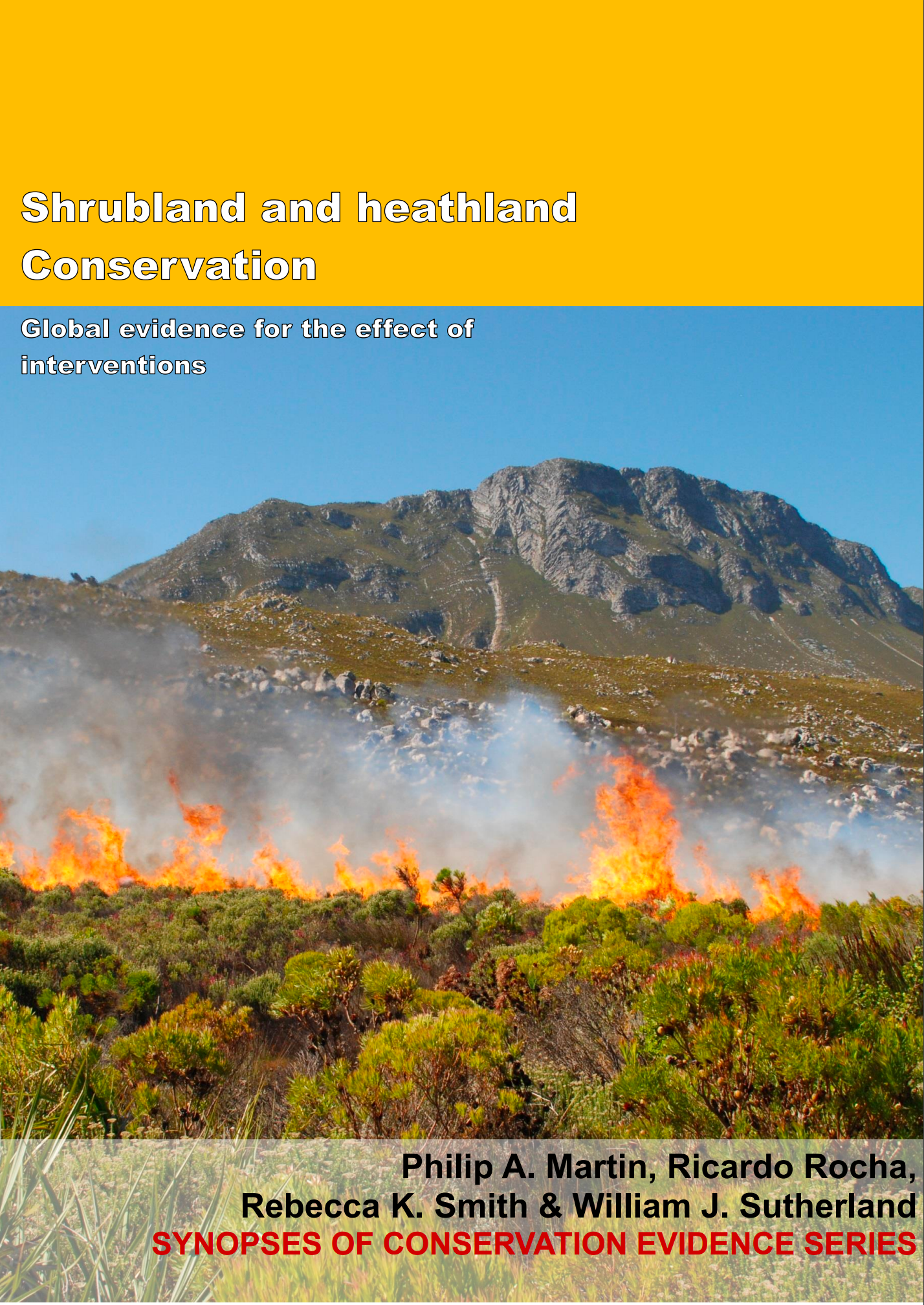Irrigate degraded shrublands
-
Overall effectiveness category Unknown effectiveness (limited evidence)
-
Number of studies: 1
View assessment score
Hide assessment score
How is the evidence assessed?
-
Effectiveness
30% -
Certainty
10% -
Harms
0%
Study locations
Supporting evidence from individual studies
A replicated, randomized, controlled study in 2008–2011 in two former pastures in Nevada, USA (Porensky et al. 2014) found that temporary irrigation increased shrub cover. After three years, areas where temporary irrigation was used had higher shrub cover than areas where no irrigation had been carried out (no data reported). At each site fifteen 27 m x 9.3 m plots were irrigated for the first two years of the experiment (2008 and 2009) while fifteen other plots were not irrigated. Grasses and shrubs were planted in all plots before irrigation began. In 2009 and 2011 shrub cover was assessed in all plots.
Study and other actions tested
Where has this evidence come from?
List of journals searched by synopsis
All the journals searched for all synopses
This Action forms part of the Action Synopsis:
Shrubland and Heathland Conservation
Shrubland and Heathland Conservation - Published 2017
Shrubland and Heathland synopsis





)_2023.JPG)














